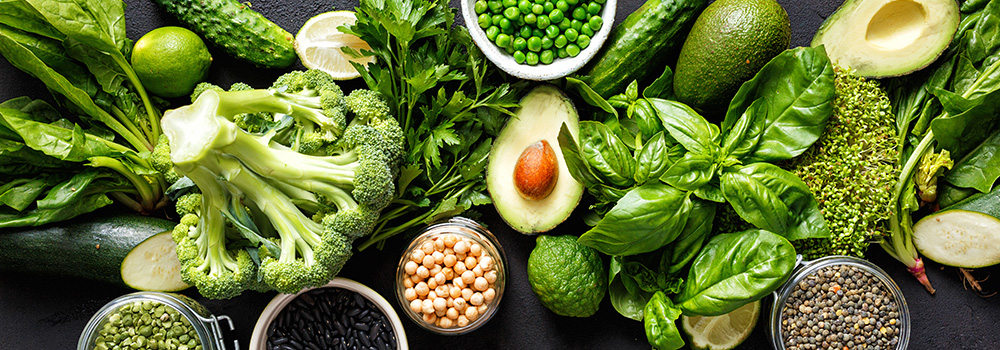While many people are now familiar with the ‘eat local’ concept and it is widely applied, consumers still tend to have very different ideas about what it actually means.
“Local consumption” has been a hot topic for several years now, even inspiring new lifestyles, such as the “locavore” or local food movement. Seasonal, fresh, healthy and tasty… the adjective local is often associated with many other adjectives. But where do we start and what does local consumption mean?
Local consumption: restricting the zone where you buy your food
The majority would define ‘local food’ as food bought in a well-defined zone around the place of consumption. This zone, which was officially defined in the Energy Act of 2008, is based on a perimeter of 640 km, although in most people’s minds the perimeter is more in the range of 160 km. Others think that local food is food from their own region or country.
You can eliminate the notion of distance altogether by direct buying. Some consumers like to express their penchant for local food by buying straight from the producer. This approach has seen an uptick, with 107 million distributors around the world, across all sectors. Consumers who prefer more proximity like the idea of buying direct from farmers and growers.
For others, finally, product traceability is more important than the proximity of the production facility. In a world where people increasingly demand transparency from companies as well as more information about products, knowing more about the origin and history of a product or food is considered vital and a guarantee of safety, and even proximity. Restaurants and greengrocers are increasingly required to justify the origin of their ingredients to serve consumers ethically correct products.
Preserving the production conditions
What if “local consumption” mainly means “respect for the environment”?
This lifestyle can place great emphasis on consuming products that were naturally grown in their country of origin, even though you can also eat locally grown products. Consuming local products, that were grown naturally and seasonally, seems more important for some consumers than the proximity of the production facility.
Tomatoes, for example, place a strong demand on energy infrastructure in many growing areas. The initial production zones do not rely on energy for this. So, is it really necessary in this case to eat a product that has a greater energy impact even though it was grown just up the road?
Ultimately, everyone should decide for themselves what “local” means. Should you only eat food that was produced near you? How can you combine proximity with sustainable consumption? Perhaps the main thing is to eat responsibly and think about what you eat?
Another article that may interest you: Does local food always mean you are eating responsibly?
